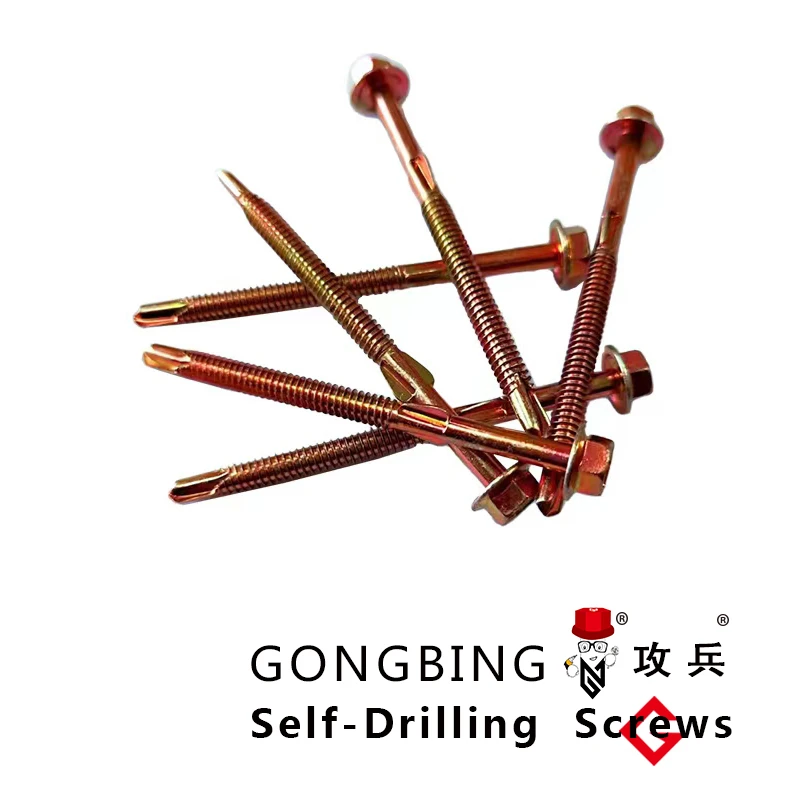heavy hex bolt sizes
Understanding Heavy Hex Bolt Sizes
Heavy hex bolts are essential components in various construction and engineering applications due to their superior strength and durability. These fasteners play a critical role in structural integrity, and understanding the various sizes is crucial for any project requiring robust assembling of materials. In this article, we will delve into the specifications, sizing, and applications of heavy hex bolts.
What Are Heavy Hex Bolts?
Heavy hex bolts are characterized by their wider, thicker head design compared to standard hex bolts. The heavy hex style is specifically designed to withstand greater loads and provide enhanced bearing surface. Typically made from high-strength materials like stainless steel, carbon steel, or alloy steel, they are suitable for use in challenging environments, including marine, industrial, and construction settings.
Size Standards
Heavy hex bolts are categorized by their diameter, length, and thread pitch. The dimensions are usually specified in inches (imperial) or millimeters (metric). The American National Standards Institute (ANSI) provides guidelines that help define these sizes under the ASTM A325 and A490 standards, which specify heavy hex structural bolts for use in steel structures.
Typical diameter sizes for heavy hex bolts range from 1/2 inch to 1 inch (for standard imperial sizes) and up to 30 mm for metric sizes. The length can vary widely, typically ranging from 1 to 36 inches (or more in some applications). The thread length, which also plays a role in the overall performance of the bolt, can be specified as full, partial, or custom.
Thread Classes and Pitch
heavy hex bolt sizes

Heavy hex bolts can come in different thread classes including coarse and fine threads, with the most common being coarse. The pitch, which is the distance between threads, is critical in determining how well the bolt will fit with the corresponding nut or thread. Coarse threads generally have a larger pitch and provide quicker engagement, while fine threads may offer finer adjustments and increased resistance to stripping.
Applications of Heavy Hex Bolts
Due to their robust design, heavy hex bolts are widely used in various applications. They are commonly found in
1. Construction Heavy hex bolts are extensively used in building structures, bridges, and infrastructure, where load-bearing capacity is paramount. 2. Industrial Machinery In machinery manufacturing, these bolts are crucial for securing large components that endure significant vibration and loads.
3. Railroad Heavy hex bolts are used in rail tracks and systems, where durability and the ability to withstand dynamic forces are required.
4. Shipbuilding They are employed in marine environments due to their corrosion resistance and strength, ensuring the safety and longevity of ships and offshore structures.
Conclusion
In conclusion, understanding heavy hex bolt sizes is fundamental for engineers, contractors, and DIY enthusiasts alike. Choosing the proper size, length, and thread type can significantly impact the performance and safety of any construction project. Always refer to industry standards and guidelines to ensure the correct specifications for your intended application. Proper selection and usage of heavy hex bolts facilitate strong, durable, and reliable structures that stand the test of time. With continued advancements in material science and engineering, the range of options for heavy hex bolts will continue to expand, providing even greater flexibility for future applications.
-
Weatherproof Plastic Expansion Anchors for OutdoorHabarlarJun.06,2025
-
Sustainability in the Supply Chain: Eco-Friendly TEK Screws ProductionHabarlarJun.06,2025
-
Load-Bearing Capacity of External Insulation FixingsHabarlarJun.06,2025
-
Double Head Bolts: Enhancing Efficiency in Industrial MachineryHabarlarJun.06,2025
-
Corrosion Resistance in Chipboard Screws: Coatings for Wholesale DurabilityHabarlarJun.06,2025
-
Butterfly Toggle Bolts : Enhancing Structural ResilienceHabarlarJun.06,2025
